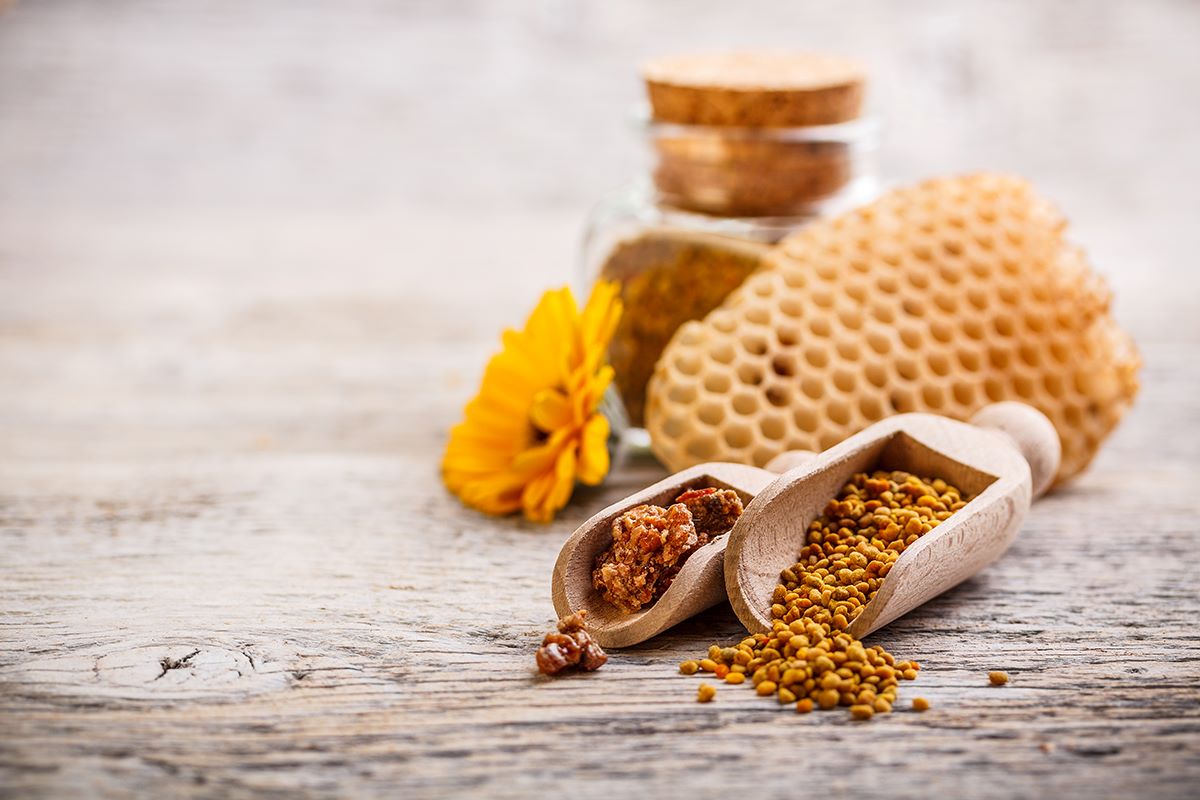

Articles
How To Store Bee Pollen
Modified: December 7, 2023
Learn the best practices for storing bee pollen in this comprehensive article. Find out how to maximize freshness and preserve the nutritional benefits.
(Many of the links in this article redirect to a specific reviewed product. Your purchase of these products through affiliate links helps to generate commission for Storables.com, at no extra cost. Learn more)
Introduction
Bee pollen is a superfood that is gaining popularity for its numerous health benefits. Packed with essential nutrients, vitamins, and antioxidants, bee pollen is a natural energy booster and a potent immune system enhancer. It contains a wide range of minerals, amino acids, enzymes, and phytonutrients that support overall well-being. Whether you are a beekeeper or someone who loves to incorporate bee pollen into your diet, it is essential to know the best practices for storing bee pollen to maintain its freshness and potency.
Proper storage of bee pollen is crucial to preserve its nutritional value and ensure its long shelf life. The quality and freshness of bee pollen can degrade quickly if it is not stored correctly, resulting in a loss of its health benefits. In this article, we will explore the importance of storing bee pollen, along with the best practices for maintaining its quality.
Key Takeaways:
- Proper storage of bee pollen is crucial to preserve its nutritional value, freshness, and potency. Choosing the right container, avoiding moisture and heat, and protecting it from light are key to maintaining its quality.
- Regularly checking and rotating bee pollen, using it before the expiration date, and incorporating it into your routine ensures maximum freshness and nutritional benefits. Proper storage practices are essential for reaping the full health benefits of bee pollen.
Read more: How To Store Bee Frames
Why Store Bee Pollen
Storing bee pollen properly is essential to maintain its freshness, potency, and nutritional value. Here are a few reasons why proper storage is crucial:
- Preserve Nutritional Value: Bee pollen is a powerhouse of nutrients, enzymes, and antioxidants. However, exposure to unfavorable storage conditions can lead to the degradation of these valuable components. By storing bee pollen correctly, you can ensure that it retains its nutritional content and benefits.
- Extend Shelf Life: Bee pollen, like any natural product, has a limited shelf life. Storing it properly can help prolong its freshness and prevent spoilage. This ensures that you can enjoy its benefits for a longer duration.
- Maintain Flavor and Aroma: Proper storage techniques can help preserve the flavor and aroma of bee pollen. This ensures that it remains enjoyable to consume, whether you add it to your smoothies, sprinkle it on cereals, or use it in other culinary applications.
- Prevent Contamination: Bee pollen is susceptible to contamination from moisture, heat, light, and airborne pollutants. Proper storage techniques can shield it from these elements, reducing the risk of spoilage and maintaining its purity.
By understanding the importance of storing bee pollen, you can ensure that you get the maximum benefits from this incredible superfood. In the next sections, we will discuss the best practices for storing bee pollen to maintain its quality and potency.
Choosing the Right Storage Container
When it comes to storing bee pollen, selecting the right storage container is paramount. The container you choose will play a crucial role in maintaining the quality and freshness of the pollen. Here are some factors to consider:
- Airtight: The storage container should be airtight to prevent air and moisture from entering. Exposure to air can lead to oxidation and the loss of valuable nutrients in bee pollen. Look for containers with tight-fitting lids or seals to ensure maximum protection.
- Opaque: Bee pollen is sensitive to light, particularly ultraviolet (UV) light. UV rays can degrade the nutritional content of bee pollen over time. Therefore, choose a storage container that is opaque or made of a material that blocks out light. This will help preserve the potency of the pollen.
- Food-Grade Material: Opt for containers made from food-grade materials such as glass or BPA-free plastic. These materials are safe and do not leach harmful chemicals into the bee pollen.
- Size: Consider the amount of bee pollen you plan to store and choose a container that can accommodate the quantity without leaving excess air space. Too much air in the container can expedite the degradation process.
- Sealable Bags: Alternatively, you can store bee pollen in sealable bags, which offer convenience and can be airtight if sealed properly. Choose high-quality, food-grade resealable bags designed for long-term storage.
Remember, the goal is to keep the bee pollen fresh and protected from external elements. By using the right storage container, you can ensure the longevity and quality of the pollen and continue to enjoy its full benefits.
Optimal Storage Conditions
Creating the optimal storage conditions is vital for maintaining the quality and potency of bee pollen. Here are the key factors to consider:
- Temperature: Bee pollen should be stored in a cool and dry environment. The ideal temperature range for storing bee pollen is between 40°F (4°C) and 50°F (10°C). Avoid exposing it to high temperatures, as heat can accelerate the degradation process and diminish the nutritional value.
- Humidity: Moisture is one of the biggest enemies of bee pollen, as it can lead to spoilage and the growth of molds or bacteria. Aim for a humidity level below 15 percent to prevent moisture absorption. Consider using desiccant packs in the storage container to absorb any excess moisture.
- Avoid Freezing: While low temperatures are ideal for bee pollen storage, freezing the pollen is not recommended. Freezing can cause moisture buildup and can impact the texture and quality of the pollen. Therefore, it is best to store bee pollen in a cool place without freezing.
- Consistent Temperature: Maintain a consistent temperature in the storage area to prevent fluctuations that can impact the integrity of the bee pollen. Avoid placing the container near heat sources or in direct sunlight, as these can create temperature variations.
By providing optimal storage conditions, you can help preserve the freshness, nutritional profile, and overall quality of the bee pollen. Remember to choose a suitable storage location that meets these criteria and helps extend the shelf life of the pollen.
Proper Sealing Techniques
Properly sealing the container is crucial for keeping bee pollen fresh and protected. Here are some essential sealing techniques to consider:
- Tightly Screw the Lid: If you are using a container with a screw-on lid, ensure that it is tightly secured. This will create an airtight seal and prevent air and moisture from entering the container.
- Use Sealing Tape: For containers without a secure lid or for sealable bags, use sealing tape to create a tight seal. Apply the tape around the edges of the container or bag to prevent any air or moisture from seeping in.
- Vacuum Seal: Another effective technique is vacuum sealing. This method removes the air from the container, creating a vacuum seal that prolongs the freshness of the bee pollen. Use a vacuum sealer specifically designed for food storage for optimal results.
- Inspect the Seal: After sealing the container, inspect the seal to ensure it is tight and intact. Check for any gaps or signs of air leakage. If you notice any issues, reseal the container or bag to ensure maximum protection.
Proper sealing techniques are essential for maintaining the freshness and quality of the bee pollen. By preventing air and moisture from entering the storage container, you can significantly extend the shelf life of the pollen and retain its nutritional benefits.
Store bee pollen in an airtight container in a cool, dark place such as the refrigerator or freezer. This will help preserve its nutritional value and prevent it from spoiling.
Read more: How Many Pollen Grains Germinate
Avoiding Moisture and Heat
Moisture and heat are two primary factors that can degrade the quality of bee pollen. Here are some tips to help you avoid these detrimental elements:
- Store in a Dry Area: Choose a storage area that is dry and free from humidity. Avoid storing bee pollen in places such as the kitchen or bathroom, where moisture levels tend to be higher.
- Avoid Condensation: Condensation can occur when there are temperature fluctuations or when moving the pollen from a cold environment to a warmer one. To avoid condensation, allow the bee pollen to reach room temperature before opening the container. This helps prevent moisture from accumulating inside.
- Keep Away from Water Sources: Store bee pollen away from water sources such as sinks, taps, or any room prone to leaks. Moisture from these sources can find its way into the storage container and compromise the pollen’s quality.
- Avoid Steam and Cooking Areas: Do not place bee pollen near steamy or cooking areas in the kitchen. Steam can introduce moisture to the environment and ultimately affect the pollen’s freshness.
- Keep it Dried: If the bee pollen becomes exposed to moisture, gently pat it dry with a clean paper towel before returning it to the storage container. Removing excess moisture helps prevent the growth of mold or bacteria.
- Avoid Excessive Heat: High temperatures can accelerate the degradation of bee pollen. Avoid storing it near heat sources such as stoves, ovens, or direct sunlight. Instead, opt for a cool and dry location away from heat-generating appliances.
By taking precautions to avoid moisture and heat, you can ensure the longevity and quality of the bee pollen. These steps will help preserve its nutritional value and ensure that you can enjoy its benefits for an extended period.
Keeping Bee Pollen Away from Light
Light, especially ultraviolet (UV) light, can have a detrimental impact on the quality and potency of bee pollen. Here are some key points to consider when storing bee pollen to protect it from light:
- Opt for Opaque Containers: Choose storage containers that are opaque or made of materials that block out light. Avoid transparent containers or bags that allow light to penetrate and reach the bee pollen. This will help preserve the nutritional content and prevent the degradation caused by UV exposure.
- Store in a Dark Area: Find a storage location that is away from direct sunlight and other sources of light. A pantry, cupboard, or dedicated storage area that stays dark throughout the day is ideal for preserving the quality of bee pollen.
- Consider UV-Resistant Packaging: If translucent packaging is unavoidable, look for UV-resistant options designed to protect the contents from harmful light exposure. These specialized packaging materials can help maintain the quality and potency of bee pollen even when exposed to some light.
- Refrain from Displaying: While bee pollen can have an aesthetically pleasing appearance, it is best to refrain from displaying it in clear glass jars or countertop containers. The visual appeal may be compromised, but the nutritional benefits will be preserved by keeping it in a dark and light-protected environment.
- Rotate Storage Containers: If you have multiple containers of bee pollen, rotate them in storage periodically. This way, any exposed containers are not continuously exposed to light. Store the unused containers in a dark place until they are needed.
By implementing these measures, you can shield bee pollen from the harmful effects of light exposure. This will help retain its nutritional value, flavor, and quality, ensuring that you can enjoy its benefits to the fullest.
Frequency of Checking and Rotating Bee Pollen
Regularly checking and rotating bee pollen in storage is essential to maintain its freshness and quality. Here are some guidelines to help you determine how often to check and rotate your bee pollen:
- Monthly Inspection: It is a good practice to inspect your stored bee pollen at least once a month. This allows you to monitor its condition and identify any signs of moisture, mold, or other issues that may affect its quality. During the inspection, ensure that the containers are properly sealed, and there are no visible signs of deterioration.
- Rotation Every Three Months: As a general rule of thumb, consider rotating your bee pollen supply every three months. This means using up the oldest supply of bee pollen and replacing it with fresh batches. By following this rotation schedule, you can ensure that you consume bee pollen before it reaches its expiration date and maintain a continuous supply of fresh and potent pollen.
- Use the First-In, First-Out (FIFO) Method: When rotating your bee pollen supply, adopt the First-In, First-Out (FIFO) method. This means using the oldest batches of bee pollen first before moving on to the newer ones. This ensures that you consume the bee pollen in a timely manner and minimize the risk of consuming expired or degraded pollen.
- Monitor Expiration Dates: Pay attention to the expiration dates on your bee pollen containers. These dates provide guidance on the freshness and shelf life of the product. It is recommended to use the bee pollen before the expiration date to ensure optimal quality and nutritional benefits.
By regularly inspecting and rotating your bee pollen, you can ensure that you consume it at its peak freshness and quality. This practice not only helps maintain the nutritional value of the pollen but also ensures that you make the most of your bee pollen supply.
Using Bee Pollen Before Expiration Date
Using bee pollen before its expiration date is crucial to ensure maximum freshness and nutritional benefits. Here’s why it’s important and how you can incorporate bee pollen into your routine:
Freshness and Potency: Bee pollen is at its freshest and most potent state before its expiration date. As time goes by, the pollen’s nutritional content may degrade, diminishing its health benefits. By using it before the expiration date, you can experience the full range of nutrients and antioxidants that bee pollen has to offer.
Checking Expiration Dates: When purchasing bee pollen, make it a habit to check the expiration dates on the packaging. This ensures that you are aware of the recommended usage timeframe. Prioritizing bee pollen with a longer expiration date allows you more flexibility to incorporate it into your routine without worrying about it expiring soon.
Incorporating Bee Pollen: There are numerous ways to incorporate bee pollen into your diet. Here are a few ideas:
- Add to Smoothies: Bee pollen can be added to smoothies to boost their nutritional content. Simply sprinkle a teaspoon or two of bee pollen into your favorite smoothie recipe and blend it well.
- Sprinkle on Cereal or Yogurt: Another easy way to include bee pollen in your daily routine is by sprinkling it on cereal, oatmeal, yogurt, or even on top of fruit salads. It adds a delightful crunch and a dose of nutritional goodness.
- Use as a Topping: Get creative and use bee pollen as a topping for desserts, such as ice cream, puddings, or even granola bars. It adds a unique flavor profile and a touch of natural sweetness.
- Incorporate into Baked Goods: You can also incorporate bee pollen into baked goods like cookies, muffins, or energy bars. Just be mindful of the temperature during the baking process, as excessive heat can affect the pollen’s potency.
Remember, using bee pollen before its expiration date ensures that you obtain maximum freshness, potency, and nutrition. Be sure to store your bee pollen properly to maintain its quality, and enjoy the numerous health benefits this superfood has to offer.
Read more: How To Build Bee Boxes
Conclusion
Properly storing bee pollen is essential for maintaining its freshness, nutritional value, and overall quality. By following the best practices outlined in this article, you can ensure that your bee pollen remains potent and packed with beneficial nutrients for an extended period.
Choosing the right storage container, such as an airtight and opaque option, helps protect bee pollen from air, moisture, and light. Optimal storage conditions, including a cool and dry environment, prevent degradation and maintain the pollen’s quality. Proper sealing techniques, such as tightly screwing the lid or using sealing tape, further safeguard the pollen from external elements.
Avoiding moisture and heat by storing bee pollen in a dry area and keeping it away from water sources and excessive heat is crucial. Additionally, protecting bee pollen from light exposure by using opaque containers, storing it in dark areas, or considering UV-resistant packaging helps preserve its nutritional content and potency.
Regularly checking the stored bee pollen and rotating it every three months using the First-In, First-Out (FIFO) method ensures that you consume it before the expiration date. This practice maintains freshness and minimizes the risk of consuming degraded pollen.
Incorporating bee pollen into your routine before the expiration date allows you to enjoy its full nutritional benefits. Whether adding it to smoothies, sprinkling it on cereal or yogurt, or using it as a topping or ingredient in baked goods, bee pollen adds a nutritious boost to your diet.
In conclusion, storing bee pollen properly is essential for preserving its freshness, potency, and nutritional value. By following the recommended storage practices and using bee pollen before the expiration date, you can ensure that you reap all the health benefits that this incredible superfood has to offer.
Frequently Asked Questions about How To Store Bee Pollen
Was this page helpful?
At Storables.com, we guarantee accurate and reliable information. Our content, validated by Expert Board Contributors, is crafted following stringent Editorial Policies. We're committed to providing you with well-researched, expert-backed insights for all your informational needs.
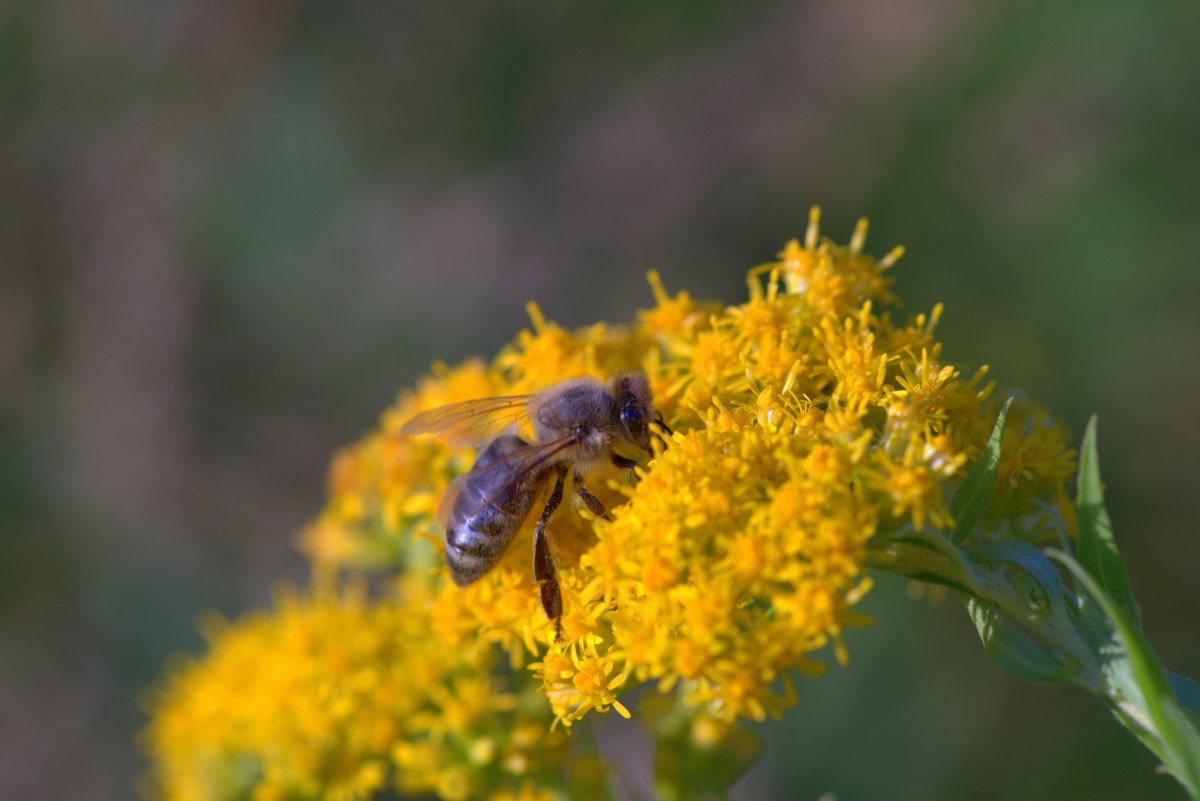
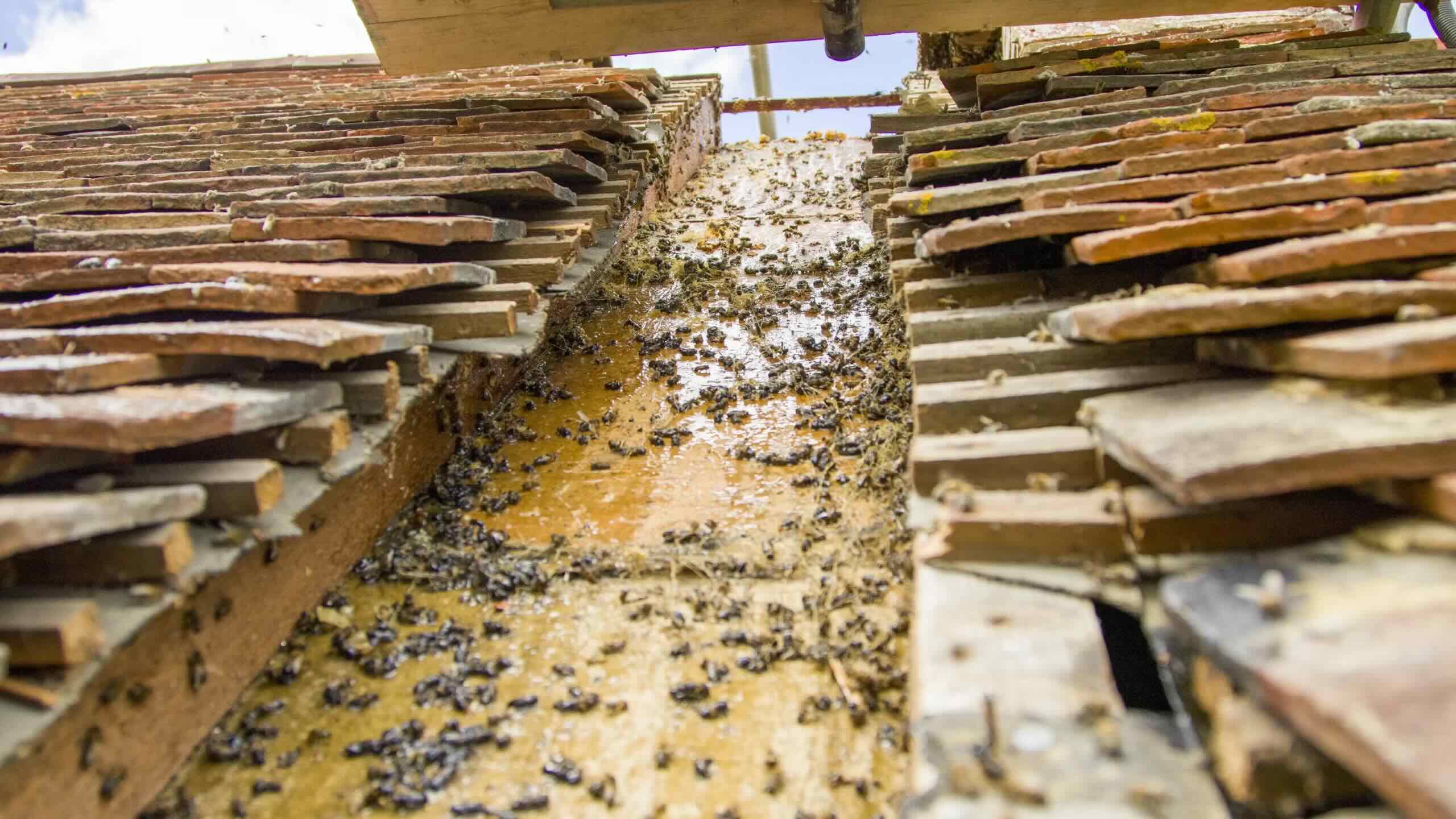
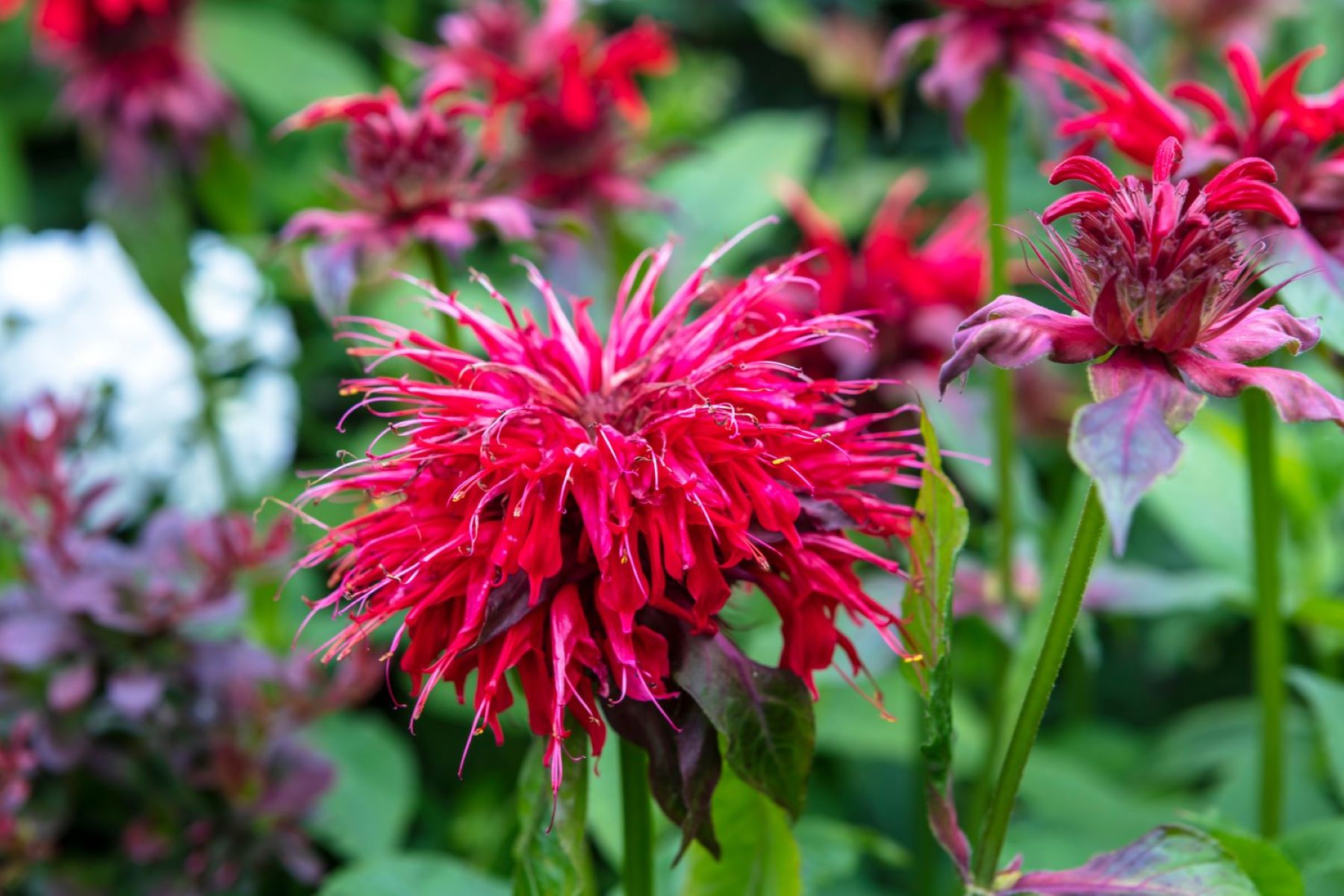
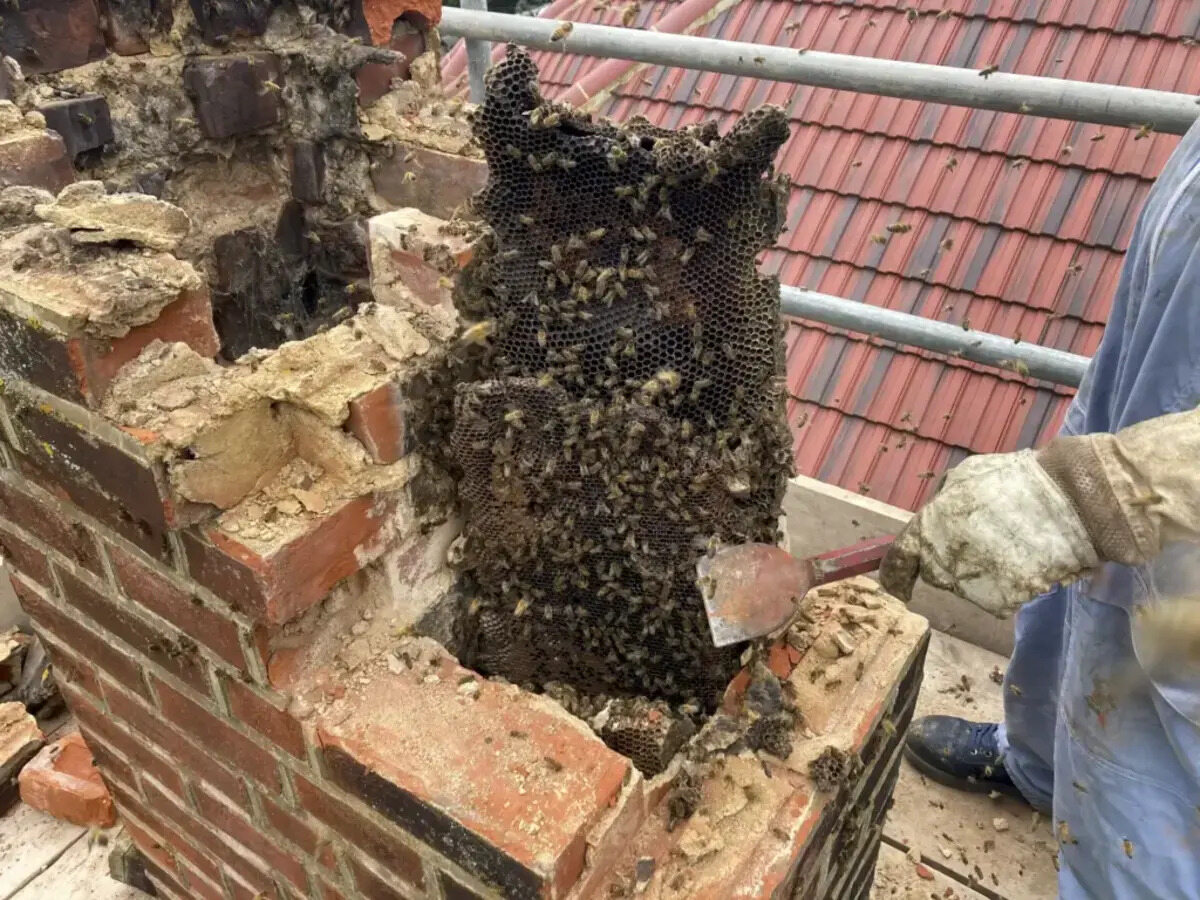
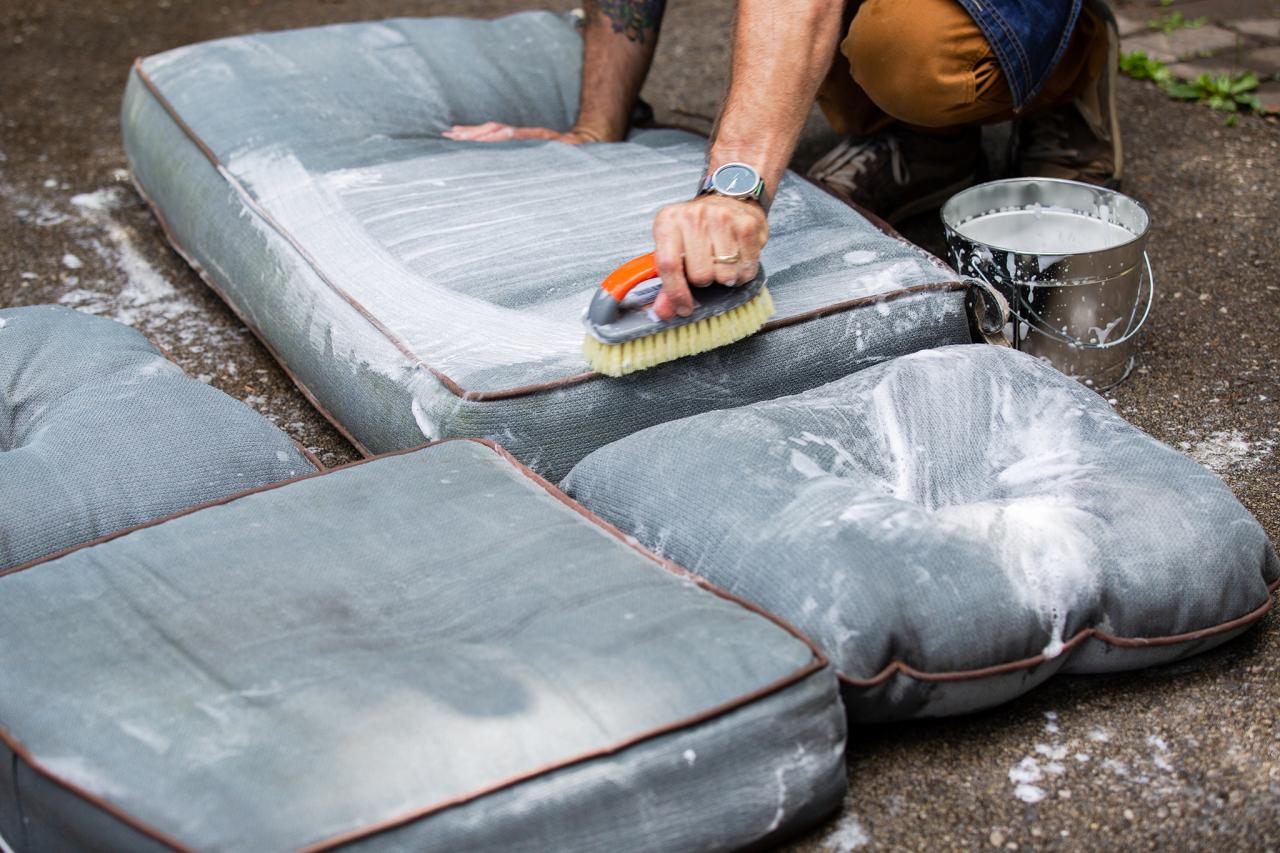

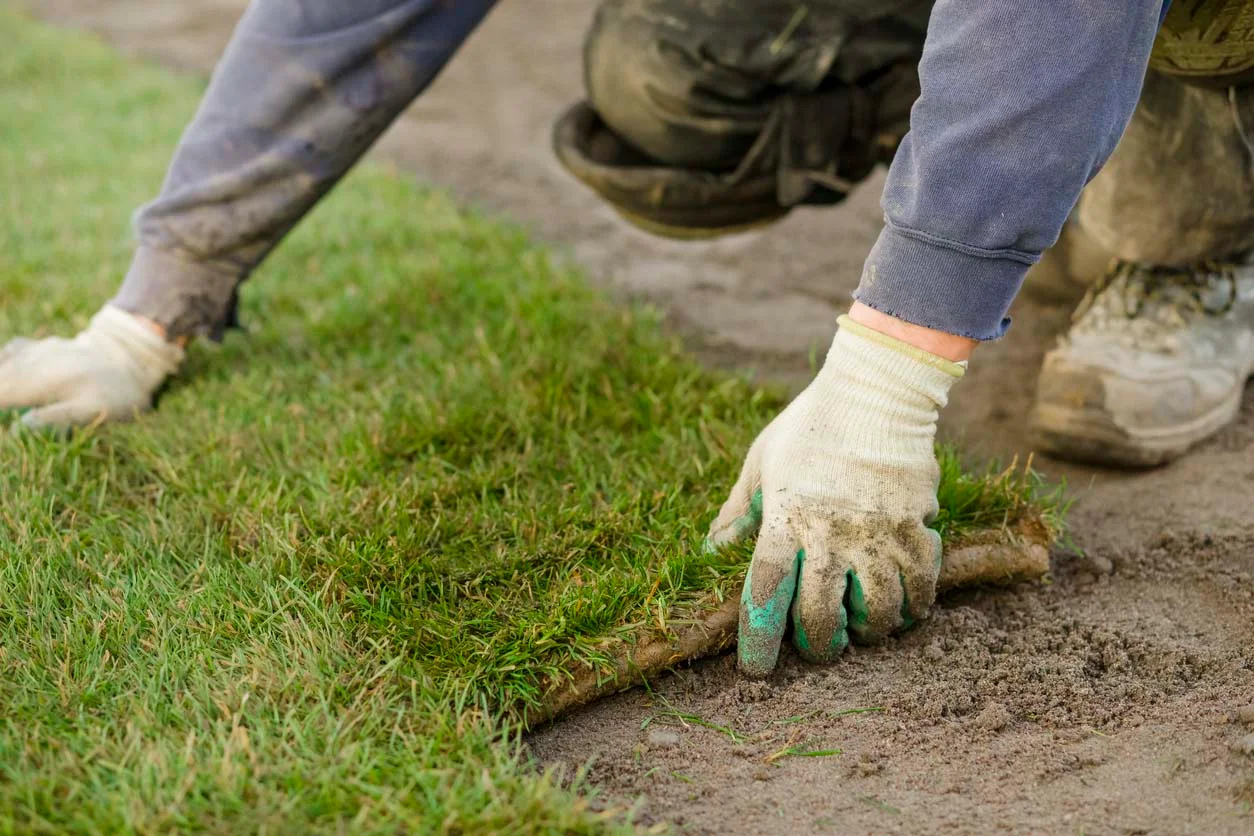
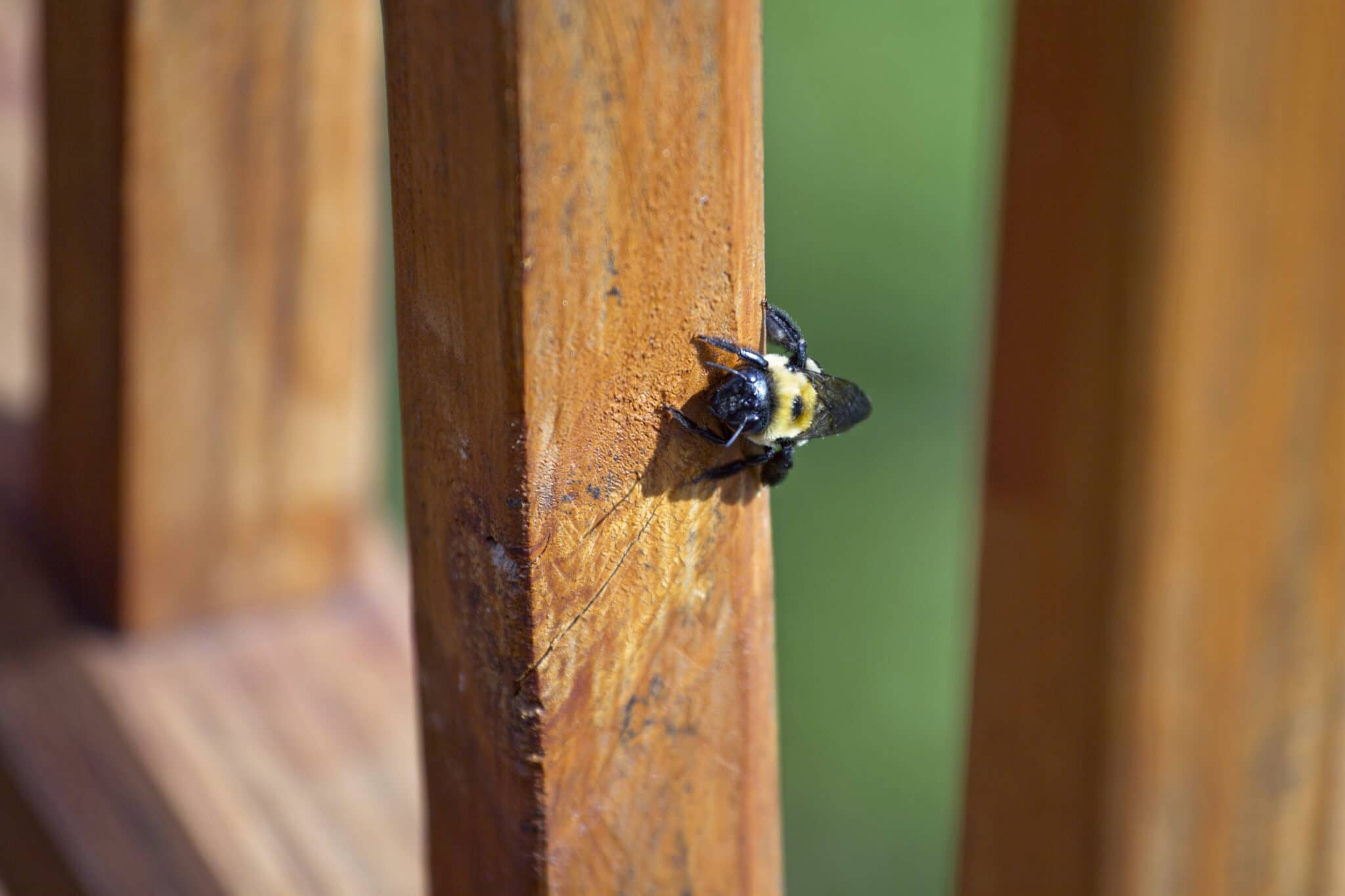
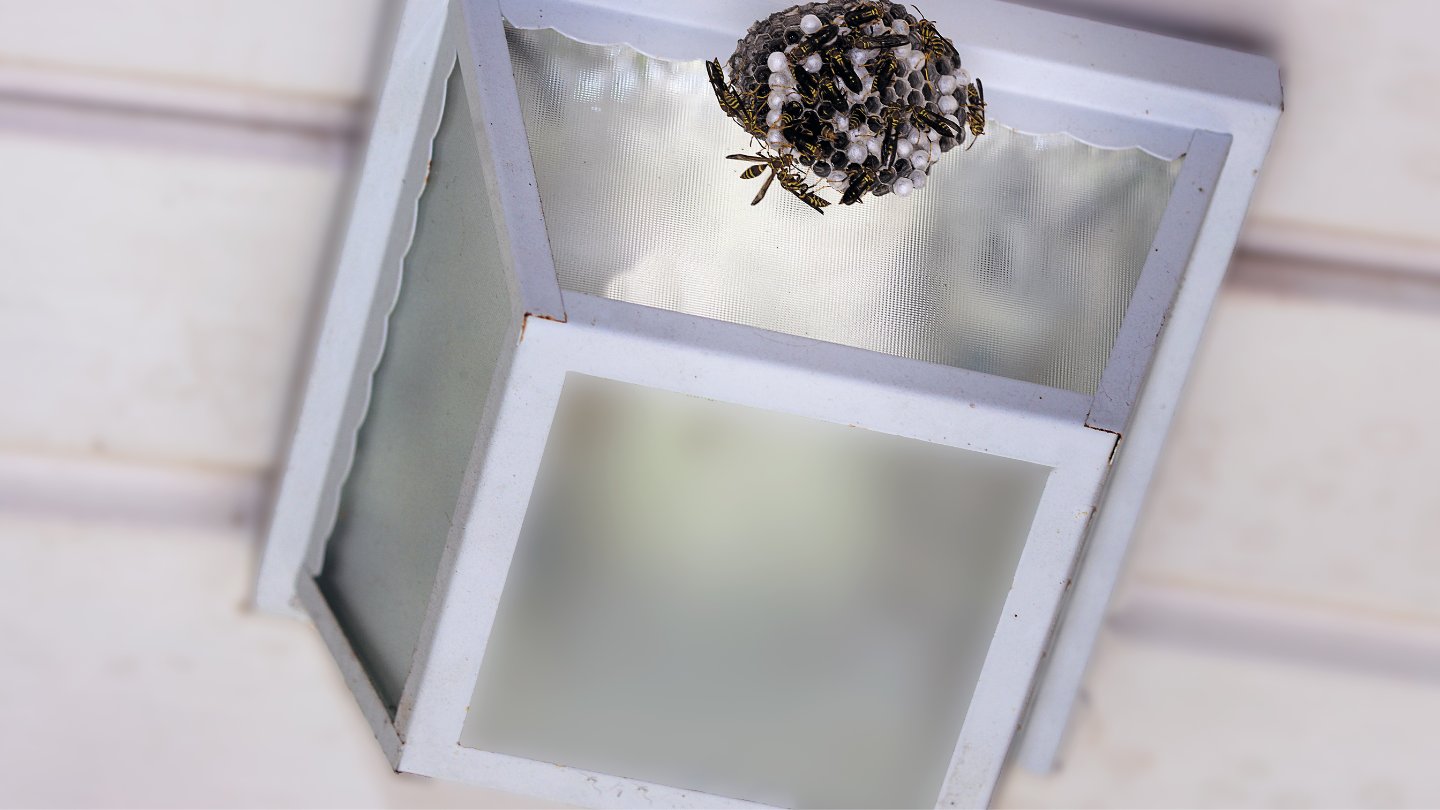
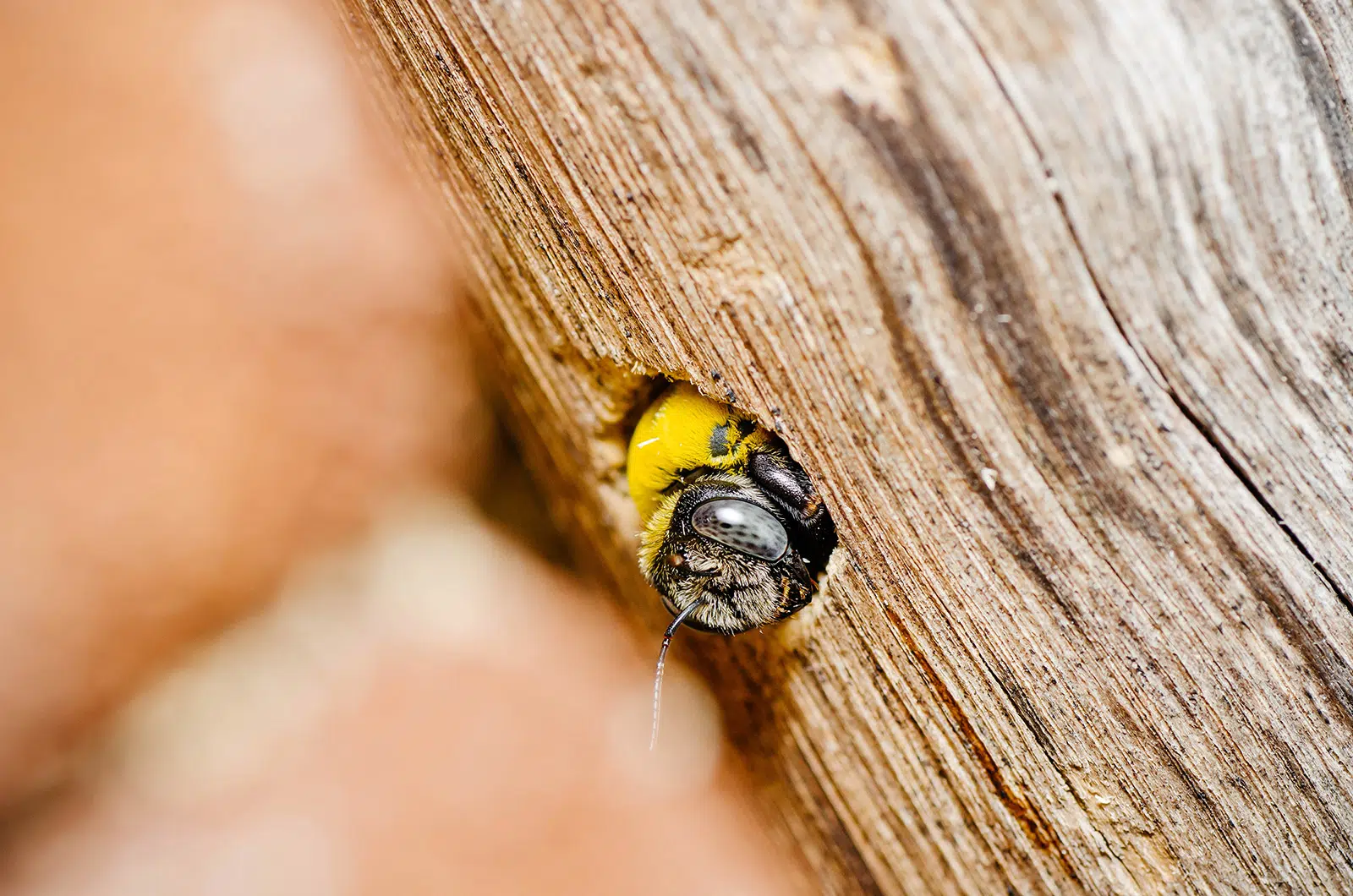
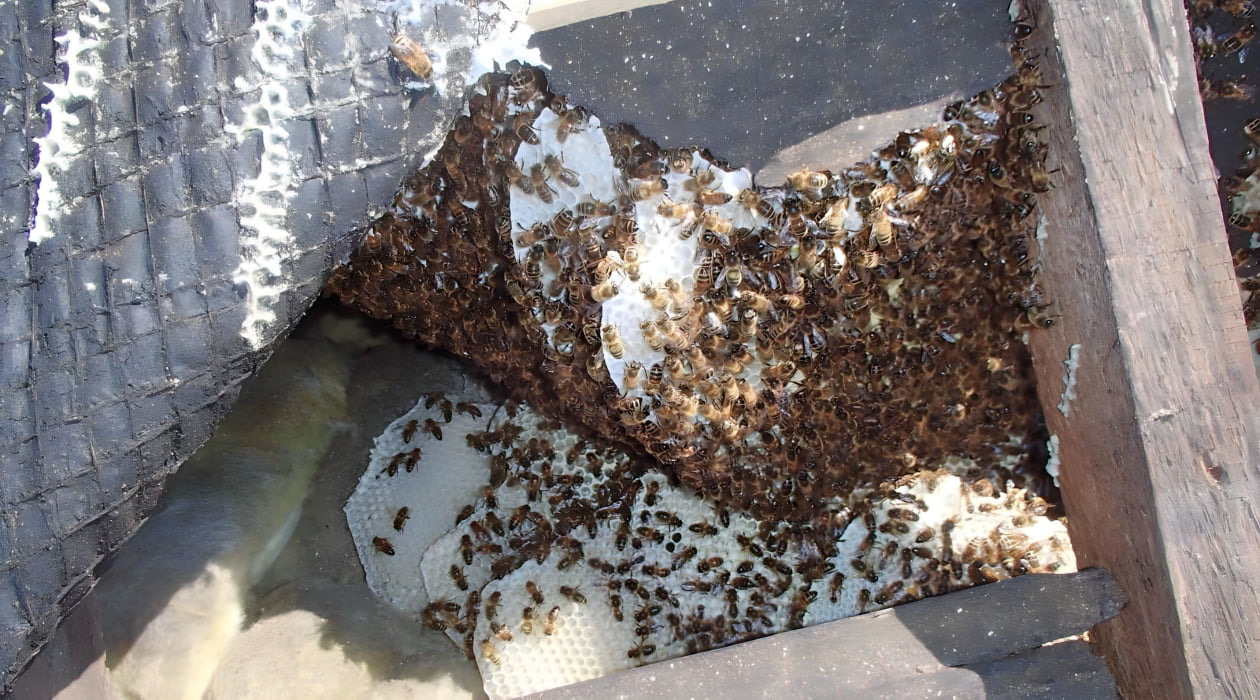
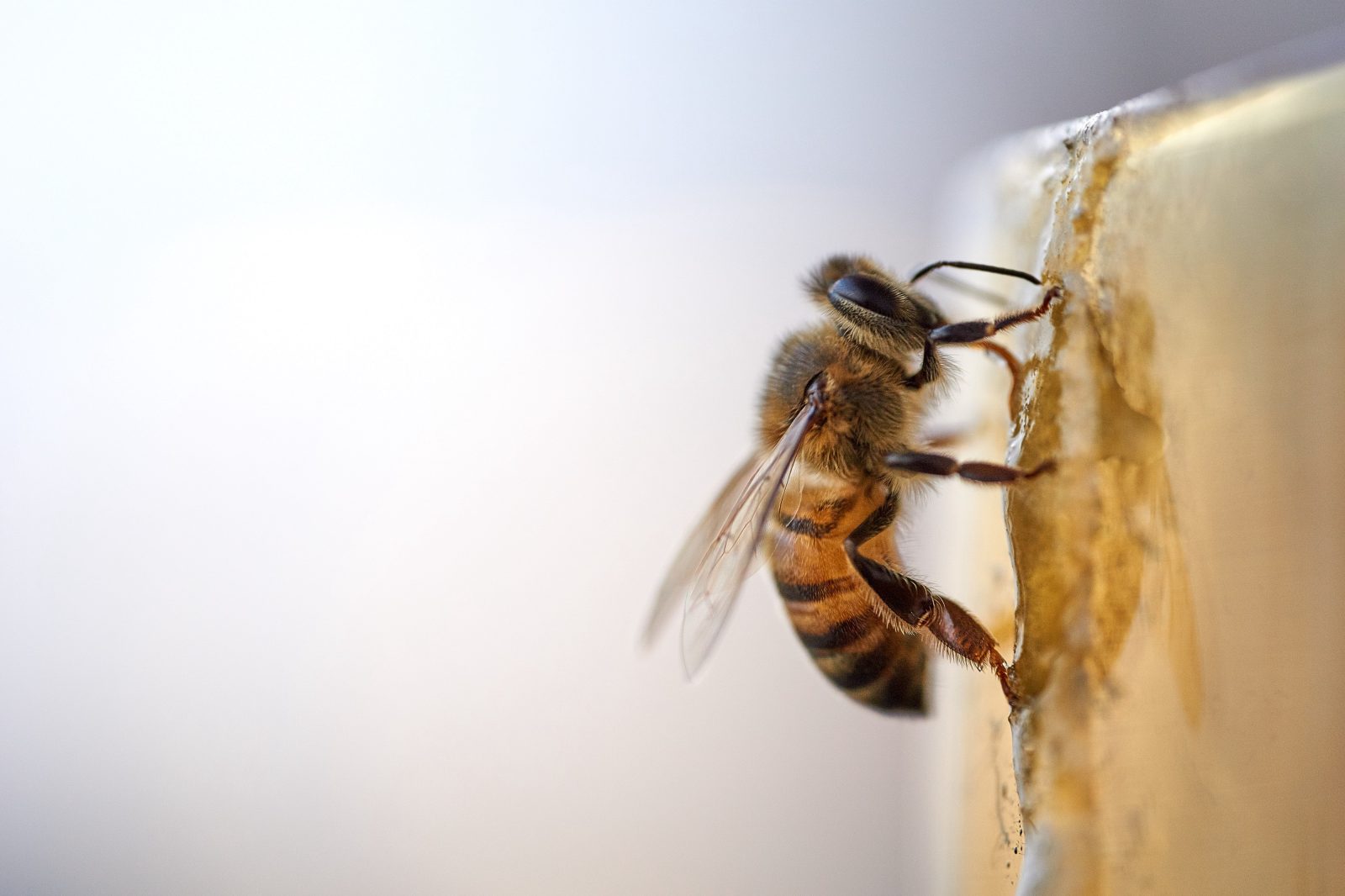
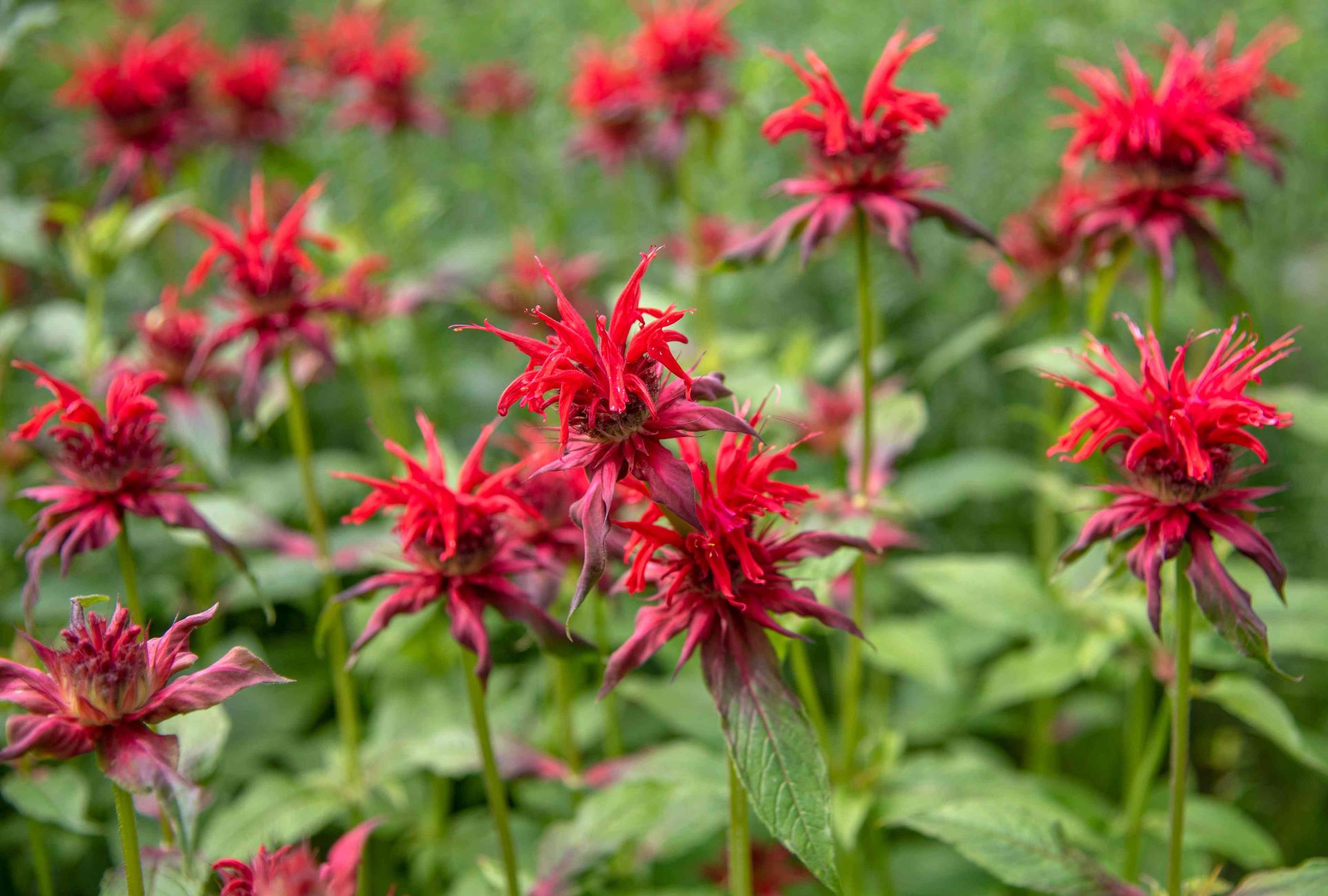

0 thoughts on “How To Store Bee Pollen”